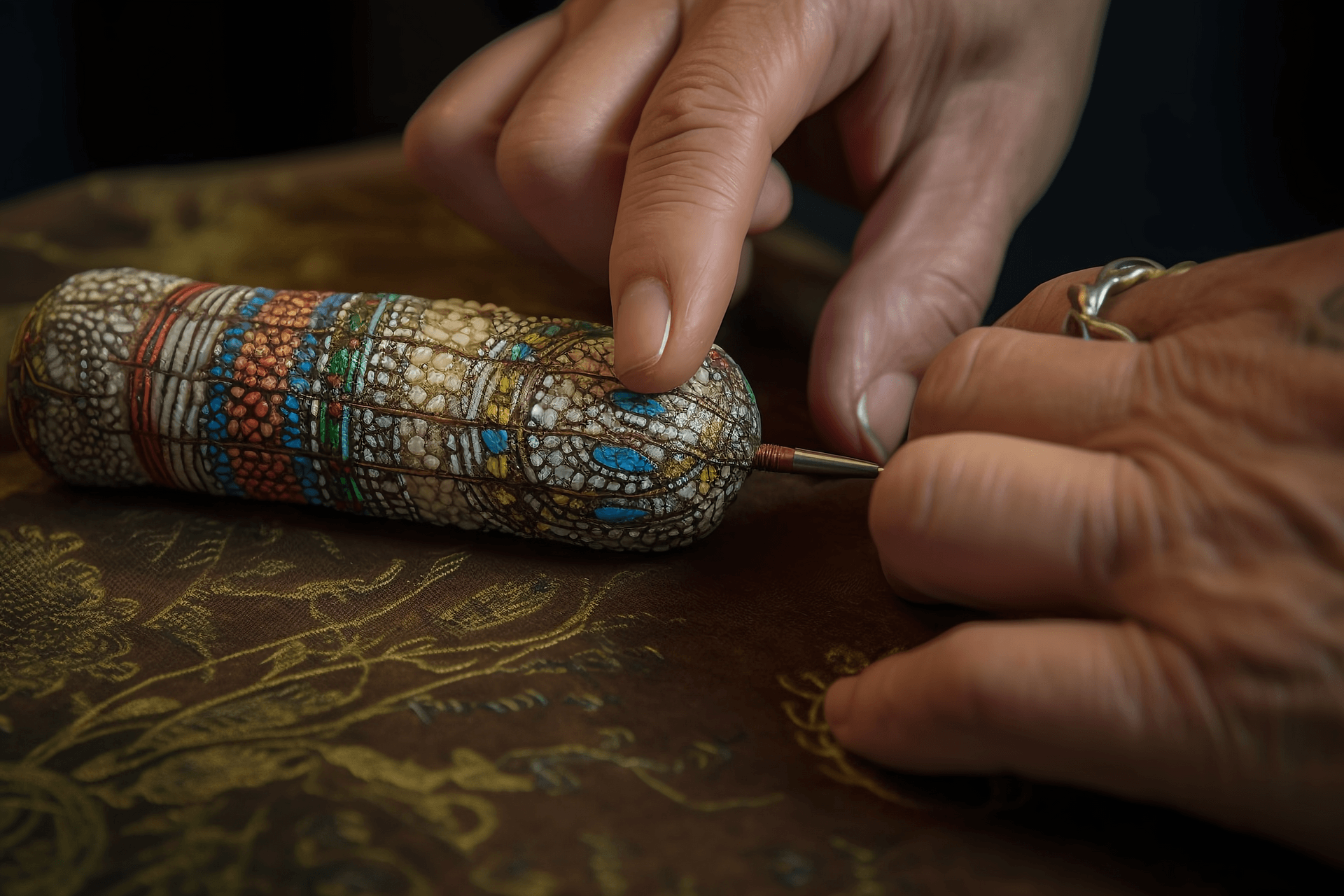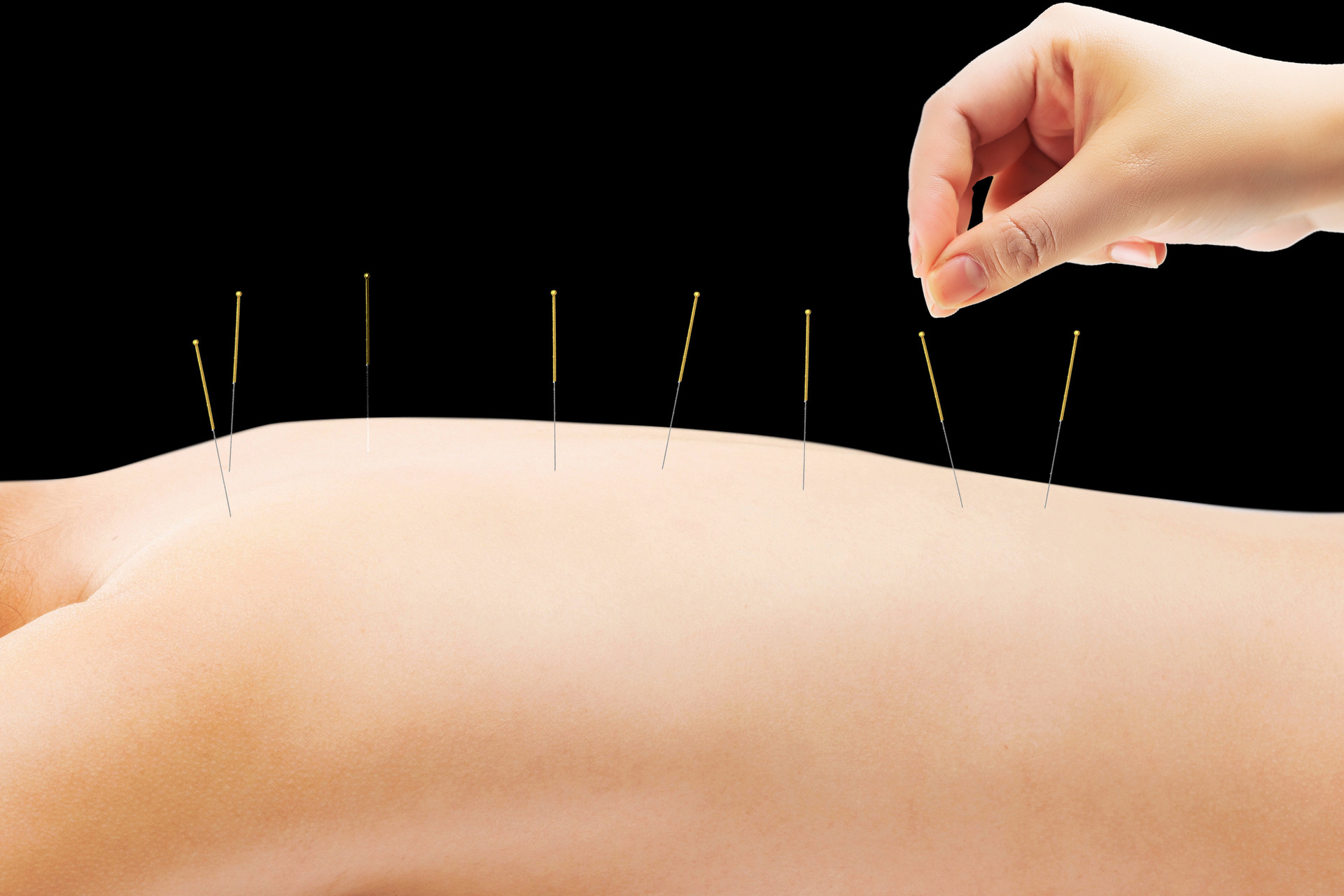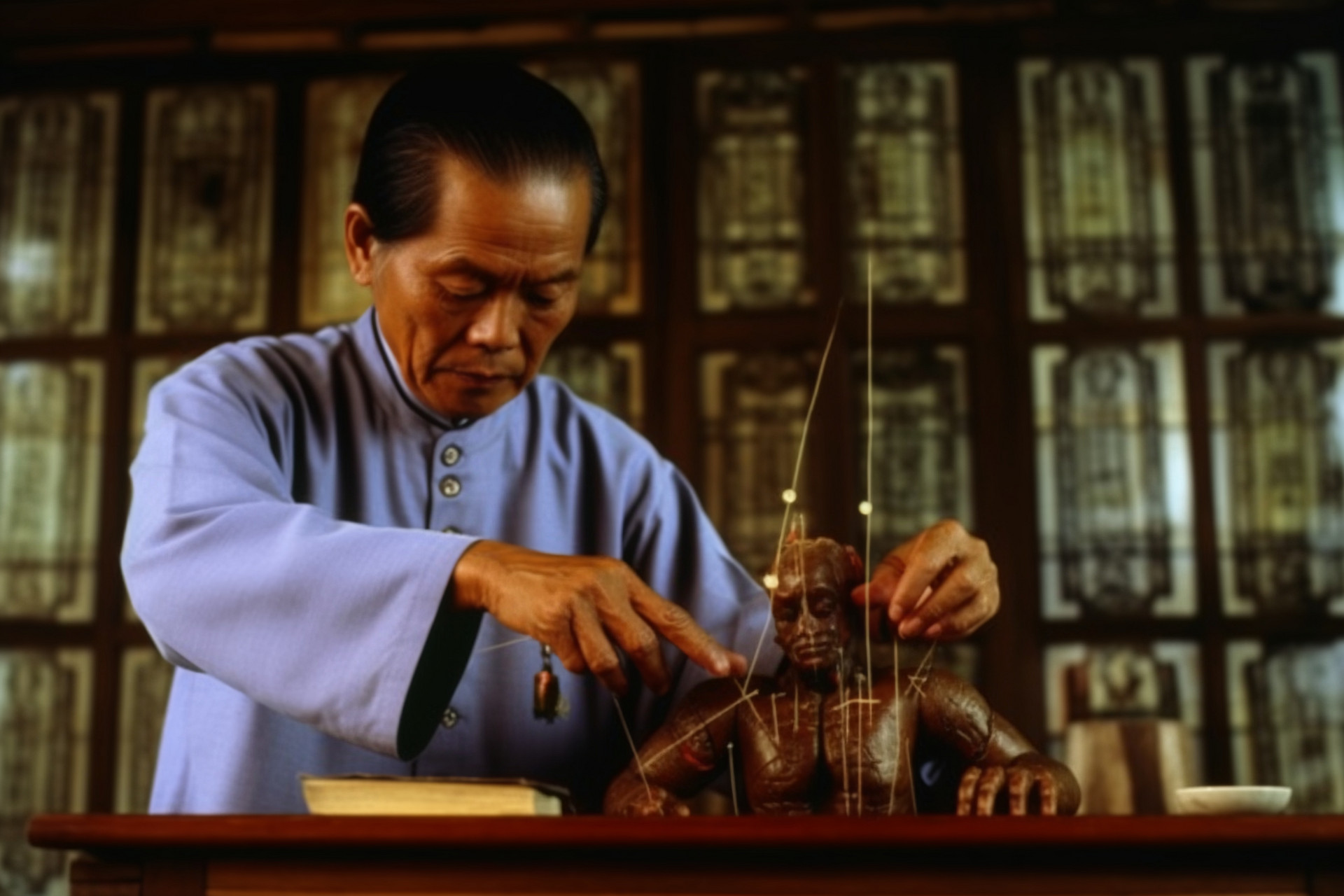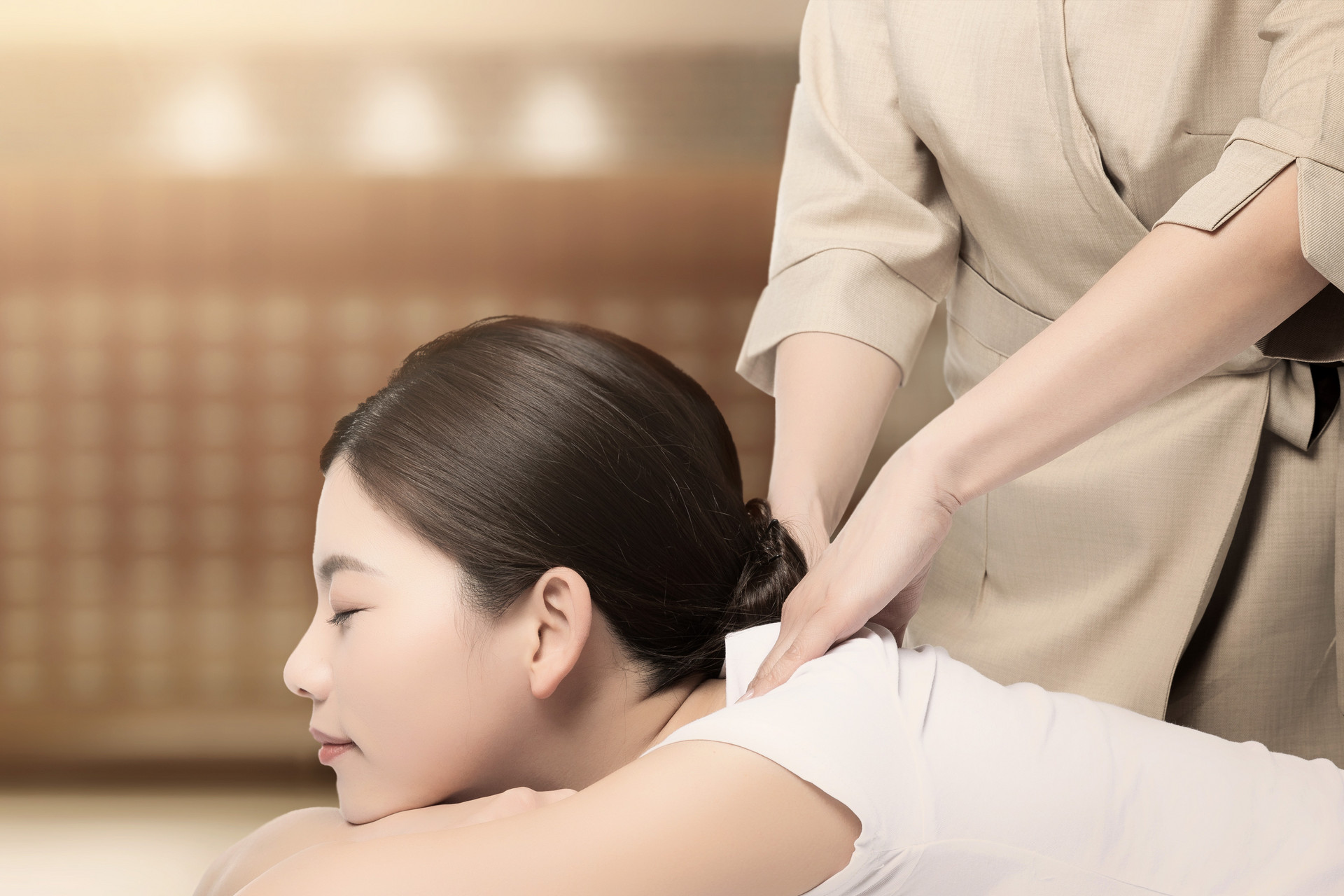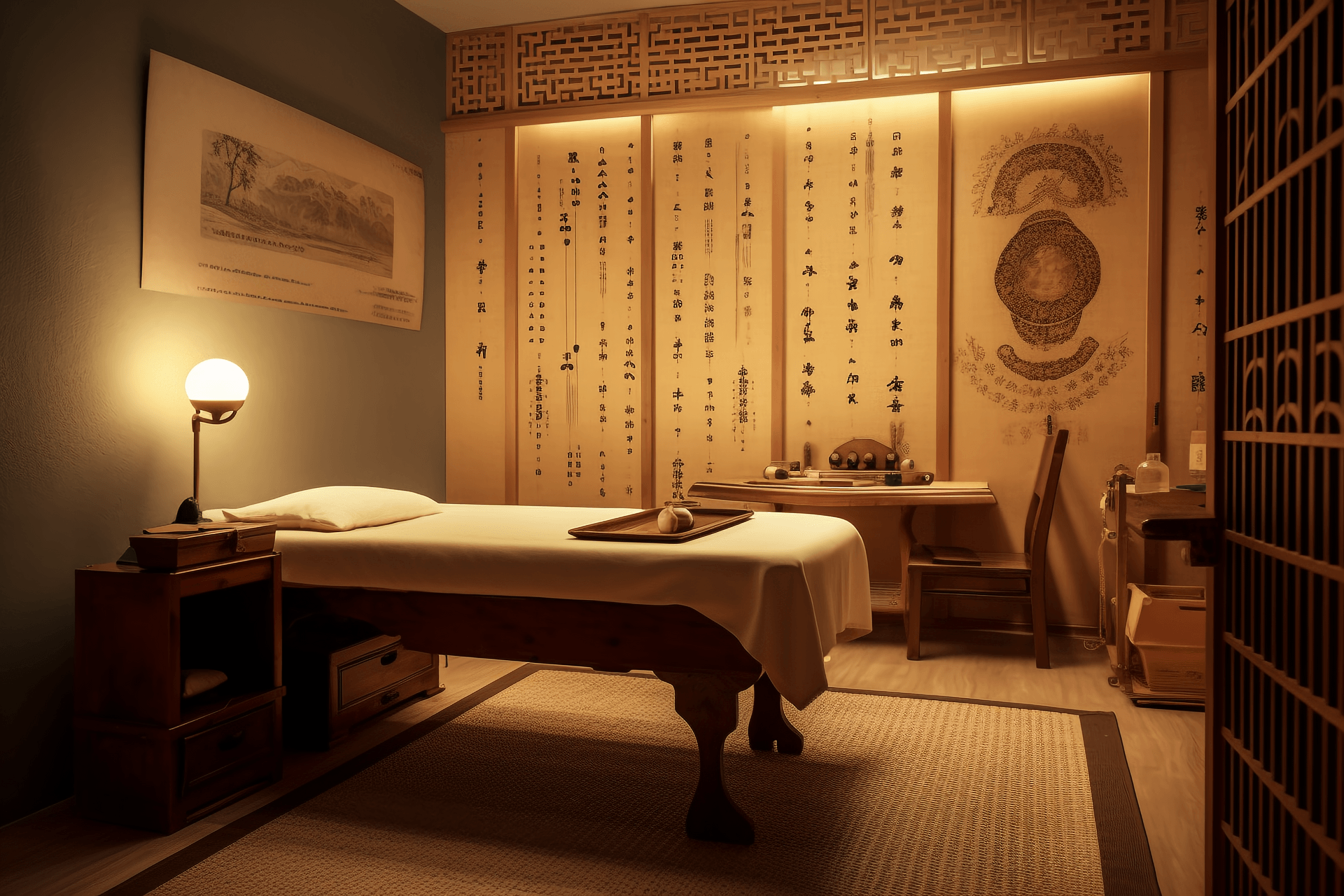The Taiyi Divine Needle is a type of moxibustion therapy. Taiyi means noble or supreme. Gao Shi Zong Ri, a scholar from the Qing Dynasty, said, "Taiyi is the highest honor, like a noble person among the many positions and circles." The Suwen - Six Microscopic Essentials states, "Emperor Ri: How is the meeting of the heavenly symbols? Qibo Ri: Taiyi is the meeting of the heavenly symbols." This therapy is highly effective for certain stubborn diseases, hence its name "Divine Needle".
The Taiyi Divine Needle is a type of therapy similar to the "Thunder-Fire Needle" but with different medicinal ingredients. It was developed based on the Thunder-Fire Needle. Both belong to the traditional moxibustion therapy. It was first mentioned in the book "Bencao Shi Yi" by Chen Cangqi during the Tang Dynasty, which includes the composition, main functions, and usage of the Taiyi Divine Needle therapy. This therapy was officially named during the Tang Dynasty. However, there are very few written records after the Tang Dynasty. It was not until the Yongzheng period of the Qing Dynasty that someone compiled and privately engraved the therapy, but the printed copies were very rare and not widely circulated. Even those who had learned it kept it secret and did not pass it on, so it almost became extinct. The "Chinese Medical Dictionary" states, "During the Yongzheng period, Fan Peilan, a military officer in Chaozhou, was dedicated to longevity and extensively studied medical books. A Taoist practitioner passed on this method to him. It has the same techniques as the Thunder-Fire Needle, but the medicinal ingredients are pure, and the method involves using seven layers of cloth to prevent damage to the muscles, unlike using iron needles or gold and stone moxibustion, which make people hesitant and fearful. At the end of the book, Du Wenlan from Xiushui wrote a postscript, stating that he obtained this book from the former Minister of the Ministry of War, Wang Shengsan, during the spring of the Jiazi year of the Tongzhi reign. He made corrections to the original acupuncture point diagrams and pointed out some errors, and then gave it to the printer."
As this passage includes the phrase "Taoist practitioner passed on," some people speculate that this needle therapy was from the hands of "extraordinary beings" or "divine beings," but this is just a superstitious interpretation and has no significant meaning.
Since this therapy originated from the folk, it is simple and easy to perform with good results. Therefore, there have been many editions published after the Qing Dynasty, including many adapted versions such as "Taiyi Needle Therapy," "Taiyi Moxibustion Method," and "Taiyi Divine Needle Collection and Explanation," which have similar content. However, in the sixth year of the Xianfeng reign, Ye Gui from Cangzhou made improvements and pointed out that using the needle for moxibustion is more appropriate and effective. He also began using the method of "ginger moxibustion with a bowl on the face," which further improved the Taiyi Divine Needle moxibustion technique.
Operational Method
1. Composition of Medicinal Ingredients
There are variations in the composition of medicinal ingredients for the Taiyi Divine Needle therapy in popular versions and magazines. Here are a few examples for reference:
1. 120g of ginseng, 240g of Sanqi, 90g of goat, 500g of Qian Nian Jian, 500g of Zuan Di Feng, 500g of cinnamon, 500g of Sichuan pepper, 500g of frankincense, 500g of myrrh, 240g of pangolin, 500g of fennel, 500g of Atractylodes macrocephala, 2,000g of mugwort, 1,000g of licorice, 120g of musk, and 1,200g of windproof, all finely ground and prepared.
2. 3g of Gansong, 12g each of frankincense and myrrh, 1g of saltpeter, 12g each of ox knee, Sichuan wu, and du huo, 1.5g each of san leng and cao wu, 1.2g each of bai zhi and qiang huo, 6g each of cinnamon twig, peppermint, ephedra, pangolin, windproof, eucommia bark, and ugly cow, 1.2g each of clove and camphor, 1.2g of nanchong, 6g of xixin, 3g of borneol, 4.5g each of ming xiong and scorpion, 6g of musk, 6g of qin jiao, and 15g of moxa wool, 3g of sulfur, all finely ground and prepared.
2. Needle Preparation
Place three to four layers of soft cotton velvet flat on a board. Sprinkle about 15g of moxa wool and about 15g of medicinal powder evenly on a piece of paper. Roll it into a needle tube about 20cm long and about 3cm in diameter, as tightly as possible. Tie one end with a velvet rope and seal the other end with cowhide paper. After making the needle, brush it with egg white several times and let it air dry in the shade, avoiding direct sunlight. Once the egg white is completely dry, store it in a sealed container to prevent air leakage and moisture.
3. Moxibustion Procedure
When performing moxibustion, burn the needle over the fire until it becomes red-hot without burning it to ashes. After the needle is heated, place a cloth pad on the acupuncture point and place the needle on the cloth, allowing the heat to penetrate from the skin to the muscles and the medicinal effect to reach the affected area through the meridians. When inserting the needle for the first time, press firmly, then gently lift and press when the heat is at its peak. If the patient feels the heat is too intense, increase the cloth pad; if the heat is weak, reduce the cloth pad. Adjust to the appropriate temperature. If the temperature is too high, it can harm the skin, and if it is too low, the effect will be minimal. Each acupuncture point is moxibusted for about 10-15 minutes, and then move on to the next point. Repeat this process 5-7 times.
Treatment of Diseases
This therapy is mainly effective for weak constitution, long-term chronic diseases, wind-cold-dampness arthralgia, and cold abdominal pain. It also has good effects on certain gynecological diseases.
1. Enhancing Physical Fitness
Qihai, Guanyuan. For weak spleen and stomach, add Zhongwan; for weak body, add Zusanli and Sanyinjiao. Moxibustion time: Moxibustion on Qihai acupoint is done 5 days before or after the start of spring; moxibustion on Guanyuan acupoint is done 5 days before or after the start of autumn.
2. Headache
Shenting.
3. Sudden Headache
Facial deviation, tight jaw, aphasia, dysphonia: Kezhuren, Jiache, Dicang, Hegu.
4. Cough, Asthma, Breathing Difficulty, Plum Pit Qi, Sore Throat
Tiantu, Shanzhong, Qihai, Fenglong.
5. Abdominal Distension, Diarrhea, Dysentery





